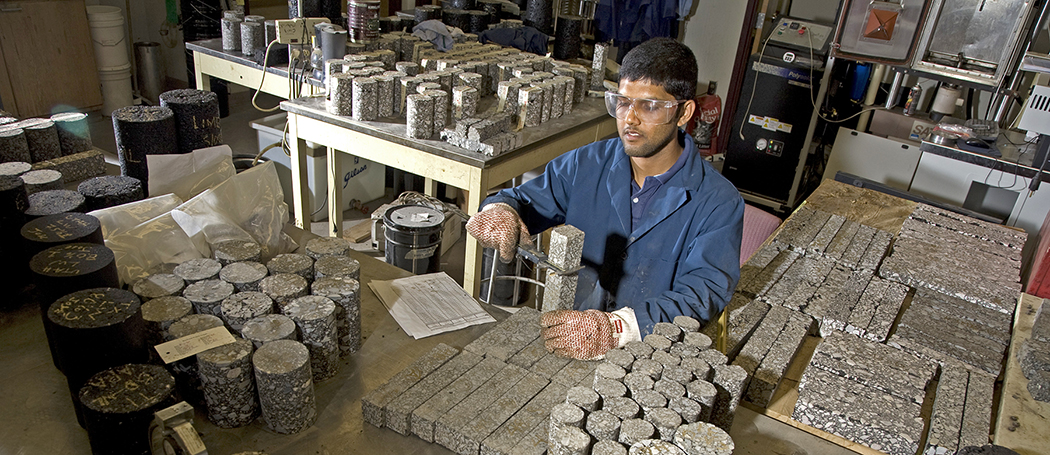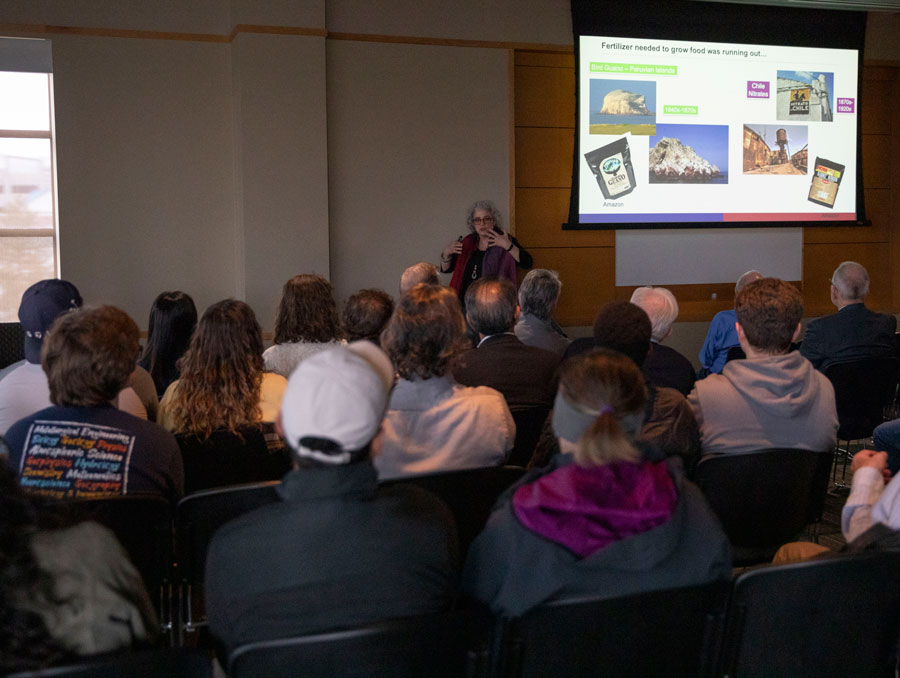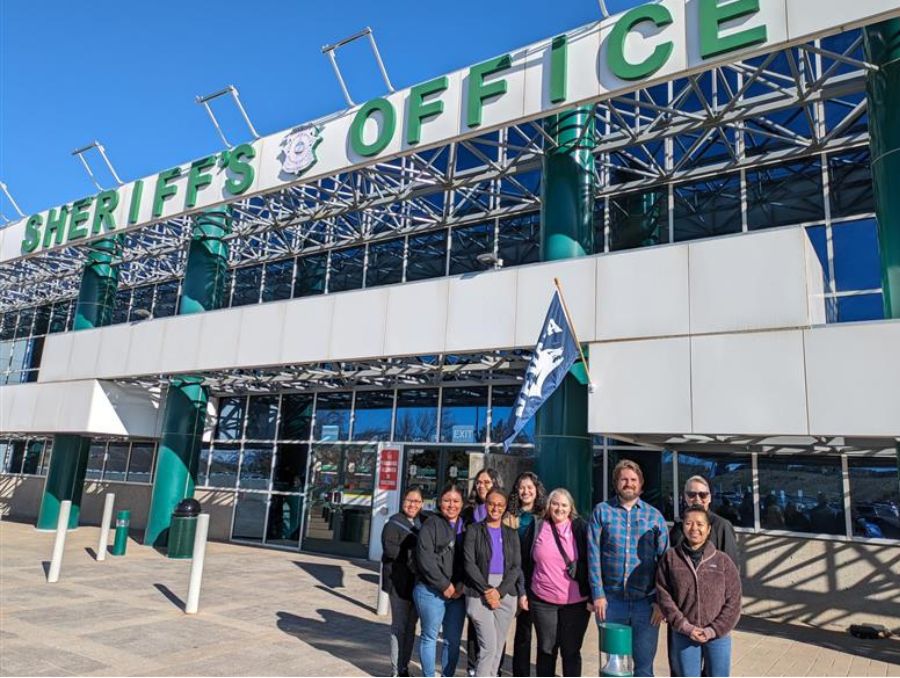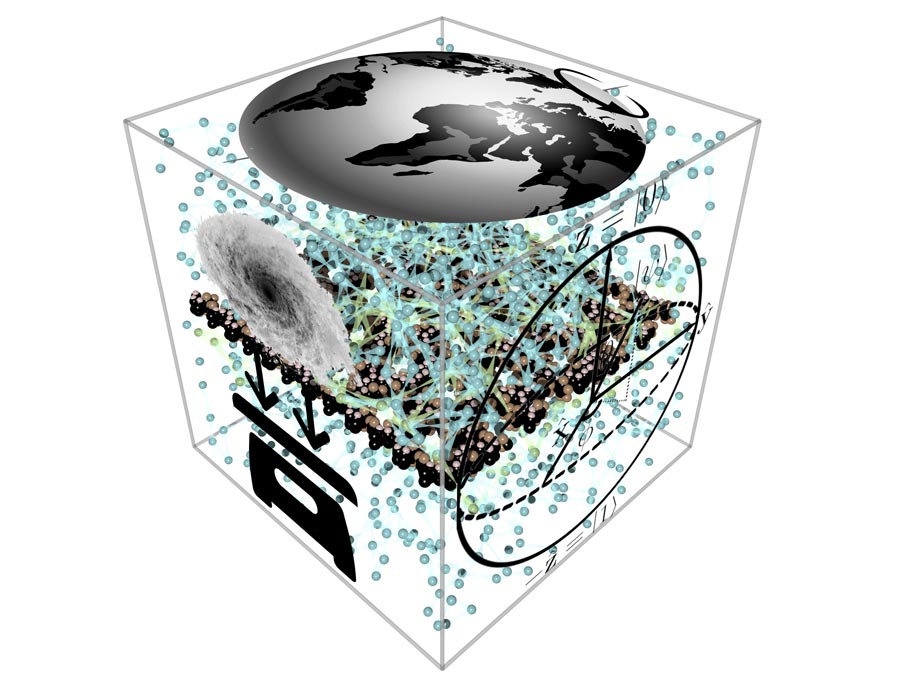When the Federal Highway Administration needed to update its crucial and complicated 30-year-old formula for fuel consumption and vehicle operating cost predictions, it awarded the project to the University of Nevada, Reno's renowned Pavements/Materials Program. The results of the study will give federal highway managers more accurate data as they seek to improve the nation's transportation network.
"The project is one of the extremely highly critical and influential projects for FHWA and the nation," said Elie Hajj, assistant professor of civil and environmental engineering and the project's lead researcher.
Hajj works with Peter Sebaaly, director of the University's Western Regional Superpave Center, on this and a number of research projects to improve pavements in Nevada and around the country, including asphalt and concrete pavement testing, software management tools used around the world, a national research database and super heavy load research - all in the department's five labs dedicated to pavement and materials research.
"Pretty much on any road on which we drive in Nevada, the pavement - whether asphalt or concrete - has been to some extent influenced by our laboratory," Sebaaly said. "We work with government agencies and industry in Nevada and around the West to help determine the best materials and mixtures for economical, durable, and sustainable pavements under every conceivable condition."
All of these initiatives combine to give the group in the civil engineering department, and their industry and agency partners, the expertise to tackle this important 5-year federal project. The team includes the transportation group in the civil engineering department, Nevada Automotive Test Center, and Dynatest Consulting, a leading manufacturer of pavement testing equipment and analytical expertise.
The research will improve the vehicle operating costs estimation by taking into consideration changes in vehicle technology, vehicle operating speeds, traffic management, driving cycles over the past 30 years - including hybrid and electric vehicles - and pavement types and conditions.
"Savings on vehicle operating costs are a key measure of the effect of improvements of the transportation network," Hajj wrote in his proposal to the highway agency. "Accordingly, vehicle operating costs equations need to adequately describe the effects of different speeds, traffic conditions, roadway characteristics, and current vehicle technology."
Typically, such a study occurs every 20 to 30 years with the last study being in the 1980s. This one will be expected to have a similar lifespan, which shows the need for a comprehensive, research-based approach.
"Most of our research is for asphalt, which is what 90 percent of the paved roads in the country are made of," Hajj said. "There are 2.5 million miles of asphalt paved roads, under all types of temperatures, climate, humidity, traffic loads. We help design the best mixture of materials and binders through research in our five labs with all of those specific variables in mind."
For example, in one research project Hajj and his team used a large-scale experiment, with a 6-foot tall, 8-foot diameter tank and numerous channels of instrumentation, to capture data on five variables, including vertical stress distribution, deformation, confinement and slippage condition. The tank lets the University engineers conduct dozens of asphalt and concrete experiments economically in a short time with a variety of depths and layers of soil, aggregates and binders or cements - the glue that holds the mixtures together. The insights gained on this and other research help to inform the researcher's vehicle cost prediction work for the federal highway administration.
Federal and state governments continuously evaluate the transportation network's performance and use transportation management programs and performance models to take the necessary corrective actions. They will use the information developed by Hajj and his team in three analysis tools, including revenue forecasting, economic requirement systems and truck size and weight analysis to estimate the potential effects of suggested regulations and investment scenarios over 20-year periods.
The Nevada Automotive Test Center is one of the preeminent groups in modeling and simulation of full vehicle performance, bringing to the table a wealth of experience in vehicles dynamics, powertrain performance, suspension types, and tire characteristics. The Test Center also brings a unique capability and expertise in the measurements of the onboard fuel economy for gasoline and diesel powered vehicles.
The second phase of the project will specifically look into the influence of pavement roughness on fuel economy and other vehicle operating costs such as tire wear, vehicle repair and maintenance, and oil consumption. This phase of the study will also quantify and provide means to estimate the effect of traffic congestion on vehicle operating costs.
Phase two will last two years, followed by a final year of evaluation, consolidation of data and a final report to the Federal Highway Administration.
"This grant is an issue that can have immediate effects on the regional and national economy," Manos Maragakis, dean of the College of Engineering, said. "It's a great accomplishment that shows our Superpave Center is one of the major leaders in this field."












